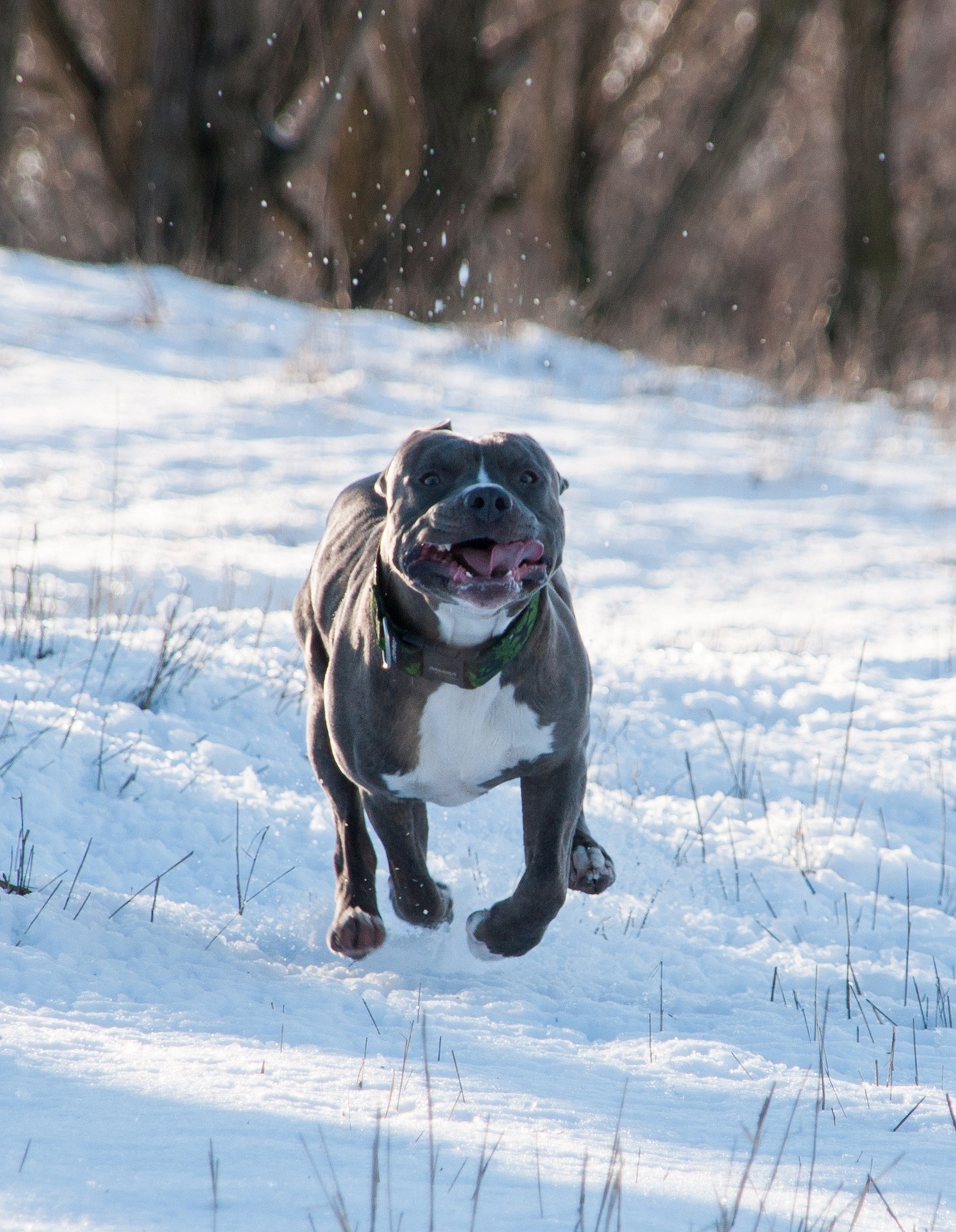Aggression & Behavioral Issues in Pets: Causes, Prevention, and Solutions

Aggression and behavioral issues in pets can be frustrating, stressful, and even dangerous if not properly managed. Whether you have a dog, cat, or another pet, understanding the root causes of aggressive behavior and implementing the right training techniques can help create a safe and happy environment for both pets and owners.
In this guide, we’ll explore common causes of aggression, signs to watch for, and effective solutions to correct behavioral issues in pets.
1. Understanding Aggression in Pets 🐾
Aggression is a natural response in animals, but when it becomes excessive or unpredictable, it can lead to serious issues. Pets may bite, growl, snap, hiss, or lunge when feeling threatened or overstimulated.
🐶 Common Types of Aggression in Dogs
✔ Fear-Based Aggression – Triggered by anxiety, past trauma, or unfamiliar situations.
✔ Territorial Aggression – Guarding food, toys, or spaces (common in breeds like German Shepherds).
✔ Protective Aggression – Overprotective behavior towards owners or other pets.
✔ Pain-Induced Aggression – Reacting aggressively due to illness or injury.
✔ Redirected Aggression – When a dog can’t attack its intended target, so it lashes out at someone nearby.
✔ Predatory Aggression – Strong prey drive, causing dogs to chase or attack smaller animals.
🐱 Common Types of Aggression in Cats
✔ Play Aggression – Overexcited kittens often bite or scratch during playtime.
✔ Fear Aggression – Hissing, swatting, or hiding when scared.
✔ Redirected Aggression – A cat gets frustrated by something (e.g., seeing another cat outside) and attacks a person or pet.
✔ Pain-Related Aggression – Caused by arthritis, dental pain, or internal illness.
✔ Petting-Induced Aggression – Cats may suddenly bite or swat when overstimulated from petting.
🐾 Pro Tip: Understanding why your pet is aggressive is the first step to fixing the behavior!
2. Signs of Aggression in Pets 🔍
Before a pet becomes aggressive, they often show warning signs.
Signs of Dog Aggression:
✔ Growling or baring teeth
✔ Stiff body posture
✔ Raised hackles (hair standing up)
✔ Hard stare or whale eye (showing whites of the eyes)
✔ Snapping or lunging
Signs of Cat Aggression:
✔ Flattened ears
✔ Dilated pupils
✔ Swishing tail or flicking tip aggressively
✔ Puffed-up fur
✔ Hissing, growling, or swatting
🚨 Warning: If your pet shows these signs frequently, intervention is necessary before the aggression worsens!
3. Common Causes of Aggression in Pets
Aggression isn’t random—there’s always an underlying reason.
🐕 Fear & Anxiety
- Cause: Lack of socialization, past trauma, loud noises, or unfamiliar people.
- Solution: Gradual exposure to new experiences with positive reinforcement.
🐾 Lack of Socialization
- Cause: Pets not exposed to other animals, people, or environments early in life.
- Solution: Controlled introductions and regular socialization exercises.
🐕 Resource Guarding (Food/Toy Aggression)
- Cause: Some pets instinctively protect their food, toys, or space.
- Solution: Teach “Drop It” and “Leave It” commands and reward sharing behavior.
🐾 Pain or Medical Issues
- Cause: Illness, arthritis, or hidden injuries can make pets more aggressive.
- Solution: Vet check-up to rule out medical problems.
🐕 Dominance Behavior
- Cause: Some dogs (especially alpha breeds) try to assert control.
- Solution: Establish yourself as the leader through obedience training.
🐾 Boredom & Excess Energy
- Cause: Pets with too much pent-up energy can become destructive or aggressive.
- Solution: Increase exercise, mental stimulation, and enrichment activities.
4. How to Manage & Reduce Aggression in Pets
🐾 The good news is that most aggression problems can be corrected with training, patience, and consistency.
🐕 1. Positive Reinforcement Training
✔ Reward good behavior with treats, praise, or playtime.
✔ Never punish aggression—this can make it worse.
✔ Use short, frequent training sessions to reinforce calm behavior.
🐾 2. Socialization & Exposure
✔ Gradually introduce pets to new experiences.
✔ Keep interactions short and positive—don’t overwhelm them.
✔ Use desensitization techniques for fear-based aggression.
🐕 3. Obedience Commands to Reduce Aggression
Teaching these basic commands can help control aggressive behavior:
✔ “Sit” & “Stay” – Teaches impulse control.
✔ “Leave It” – Helps prevent resource guarding.
✔ “Come” – Redirects focus away from aggressive triggers.
✔ “Look at Me” – Helps break focus from stressful situations.
🐾 4. Environmental Changes
✔ Remove triggers—keep aggressive pets away from stressful situations.
✔ Use calming aids (pheromone sprays, anxiety wraps, classical music).
✔ Provide enough space, toys, and enrichment to reduce frustration.
🐶 Pro Tip: An under-stimulated pet is more likely to develop behavioral issues—keep them active and engaged!
5. When to Seek Professional Help 🚨
Not all aggression can be fixed at home—some cases require expert intervention.
🐕 When to See a Trainer or Behaviorist:
✔ If aggression becomes frequent or unpredictable.
✔ If your pet has already bitten someone.
✔ If aggression doesn’t improve with home training.
✔ If your pet shows fear aggression that disrupts daily life.
🐾 Best Types of Professional Help:
- Certified Dog Trainer (CPDT-KA) – For obedience & behavior correction.
- Animal Behaviorist – For in-depth aggression analysis.
- Veterinarian – If aggression may be due to medical issues.
🐕 Pro Tip: If your pet’s aggression seems sudden or unusual, a vet check-up is essential to rule out pain-related causes.
6. Myths About Pet Aggression 🚫
❌ “Aggressive dogs are just bad dogs.” → No! Aggression is usually a result of fear, poor training, or health problems.
❌ “Punishment stops aggression.” → Harsh discipline can actually increase fear-based aggression.
❌ “Some breeds are naturally aggressive.” → While certain breeds may have strong guarding instincts, any dog can be trained to be calm and friendly.
❌ “Cats can’t be trained to stop aggression.” → False! Cats respond very well to behavior modification with positive reinforcement.
🐾 Pro Tip: Focus on understanding and fixing the root cause, rather than just suppressing symptoms.
Final Thoughts
Aggression in pets is a manageable behavior problem—not a life sentence. By identifying triggers, using positive training, and providing a stress-free environment, you can reduce aggression and build a trusting bond with your pet.
💬 Has your pet struggled with aggression? Share your experiences in the comments below! 🐾

